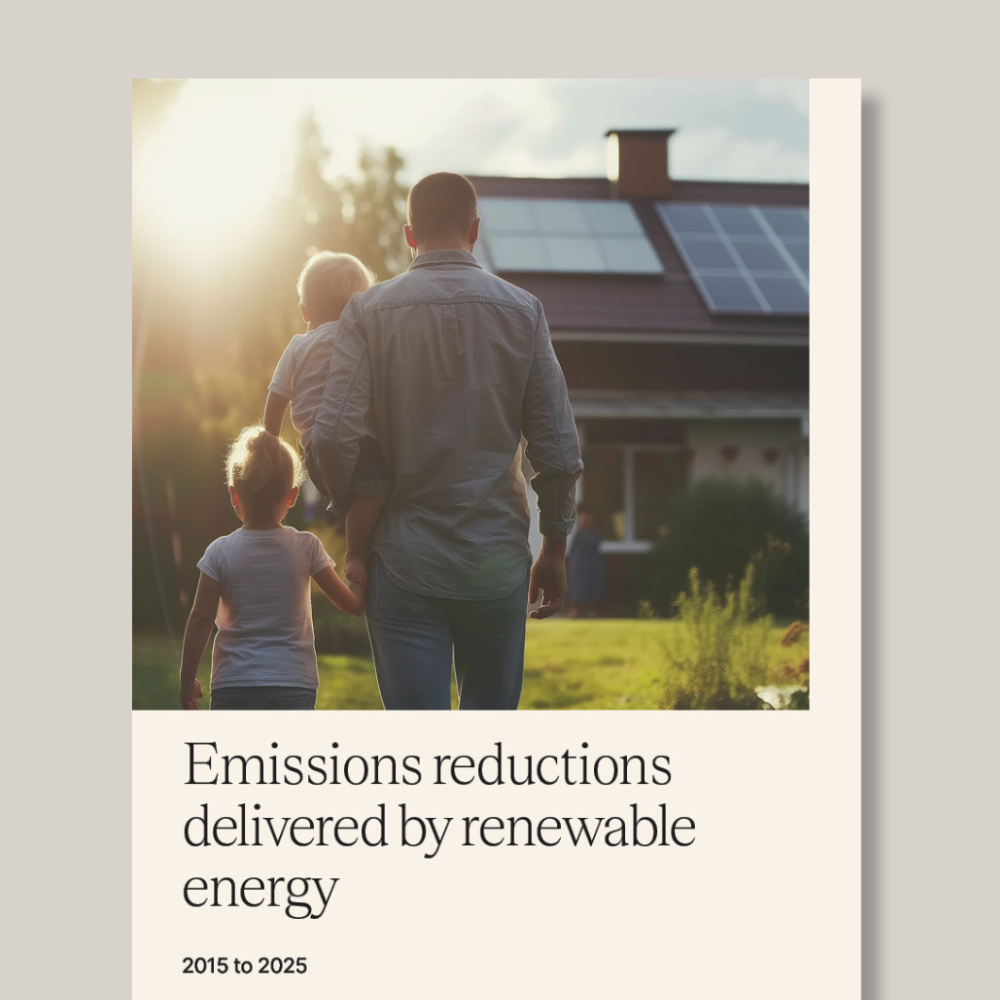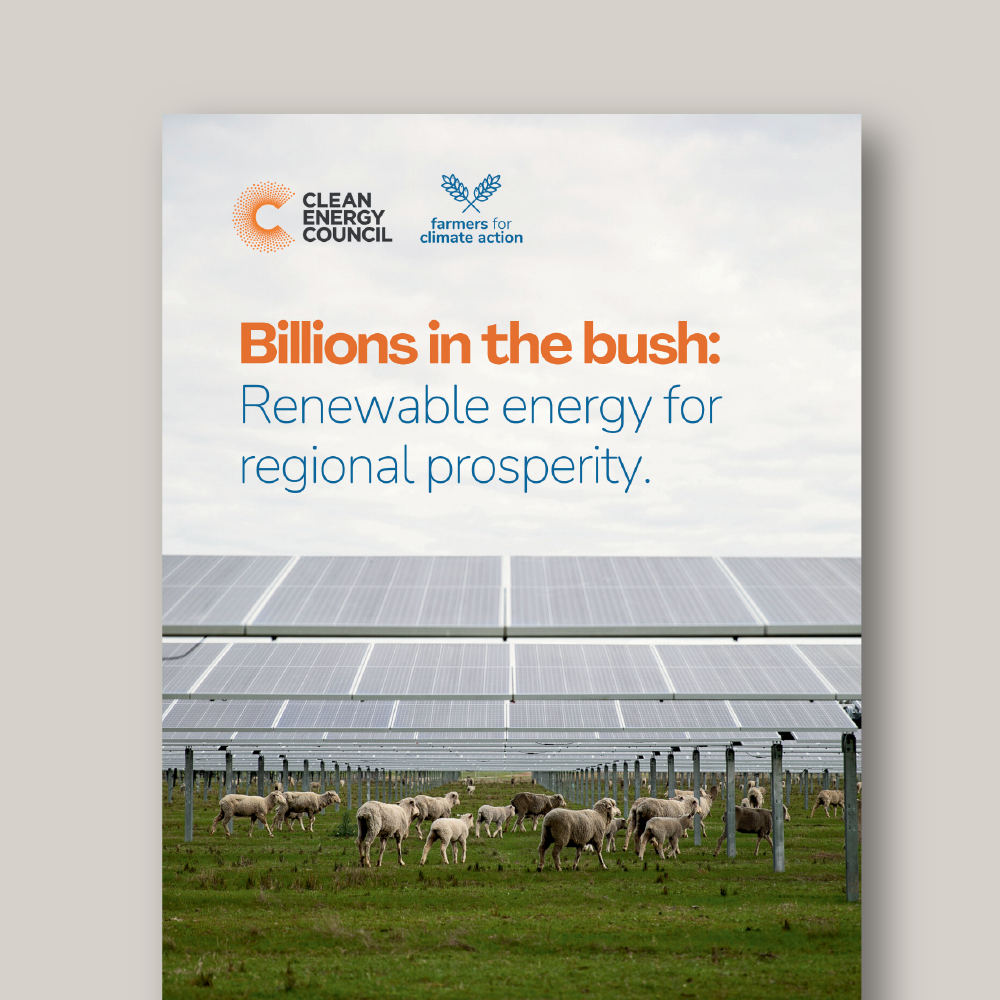Australia is a big place and ensuring that there is enough power to supply the nation has always required a coordinated approach for generators around the country. With renewables (including rooftop solar) now accounting for close to 30 per cent of all generation in Australia, coordinating their growing contribution is crucial to the safe and efficient operation of the grid.
While traditional sources of generation have some ability to ramp up and down as required to meet consumption needs, most renewables have a more unpredictable output that is dependent on weather conditions. This can result in the need to constrain renewable generation at times when it exceeds consumption requirements.
When there isn’t a well-maintained balance between load and generation – for example, low demand or high renewable production (or the reverse) – grid instability occurs, which presents as power factor issues, frequency fluctuations and inflated voltage values that can damage equipment.
From January 1 this year, all Australian distribution network service providers (DNSPs) have required the enablement of Volt-Watt and Volt-Var at setpoints described by AS/NZS 4777.2:2015 or as described by the DNSP. However, it has been left up to installers to enable and set the required values, which has led to confusion both around what the required values are for the given area and how to enable and set the response values within the inverter.
A better standard
The new inverter standard AS/NZS 4777.2:2020, released on December 18, 2020, has new inclusions to address grid stability issues.
First, inverters are required to have Volt-Watt and Volt-Var functions available and enabled by default. The default setpoint reference values for the power quality response curves are configured into four regional settings: Australia A, Australia B, Australia C and New Zealand. During commissioning of an AS/NZS 4777.2:2020 compliant inverter, installers will be required to select a region before the inverter begins to operate. At this stage, it’s looking like all DNSPs in the National Electricity Market will require the use of the “Australia A” setting, except for TasNetworks, which will use “Australia C”.
Second, the standard introduces new requirements for the undervoltage ride-through performance of inverters. These requirements ensure that newly installed inverters are more resilient to low-voltage disturbances and as such are less likely to contribute to grid undervoltage events. Inverters compliant with AS/NZS 4777.2:2020 will automatically meet the voltage disturbance ride-through requirements currently required by SA Power Networks and Western Power.
Another exciting new development in AS/NZS 4777.2:2020 is the inclusion of electric vehicles (EVs). Not only can EVs have an impact in the decarbonisation of the transportation sector, but their ability to act as a grid-connected battery allows them to contribute to grid stability, creating a dynamic load/generation source as required to stabilise the grid. The classification of vehicle-to-grid-capable EVs as multiple-mode inverters is the beginning of them playing a larger and more dynamic role as distributed energy resources.
Look for the listing
With the release of AS/NZS 4777.2:2020, all inverters currently approved with AS/NZS 4777.2:2015 will need to reapply for Clean Energy Council (CEC) inverter approval with AS/NZS 4777.2:2020 certification before December 18, 2021. This will also apply to pre-assembled integrated battery energy storage systems that include an integrated inverter.
For the purpose of CEC listing, the CEC will add the suffix “(AS4777-2 2020)” to the model numbers for inverters that are certified to AS/NZS 4777.2:2020 to distinguish between inverters that are certified to the 2015 and 2020 versions of the standard. This is for the purpose of CEC listing only; the inverter label will not have this suffix.
When submitting an STC claim or a grid-connect application, make sure to select the model number depending on the version of AS/NZS 4777.2 that the inverter is compliant with. Installers are advised to check with their supplier to confirm which version of AS/NZS 4777.2 an inverter is compliant with.
Tips for installers
Installers have an important part to play in implementing these new changes. From December 18, 2021, installers will be required to make sure that any inverter they install meets the requirements of AS/NZS 4777.2:2020, including inverters that are used for warranty replacement or any other reason.
The best way installers can go about ensuring they are meeting these requirements is to ensure that the model number of the product they are installing has the (AS4777-2020) suffix on the CEC inverters list and that it has the region settings available to be selected during setup.
Installers are advised to start assessing their stock on hand now as any inverters not compliant with AS/NZS 4777.2:2020 can’t be installed after the December 18 deadline.
This article was originally published on Ecogeneration on 7 September 2021.
ENDS
For more information or to arrange an interview, please contact:
Liam Straughan
Clean Energy Council Media Officer
+61 409 470 683





